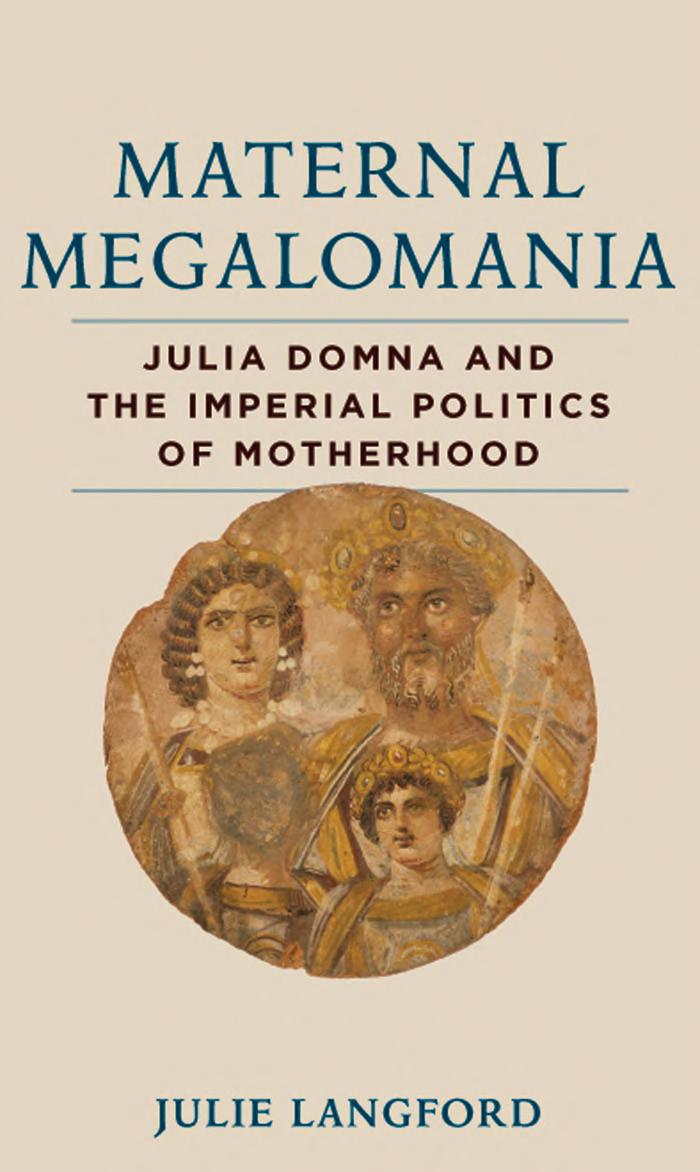

Most ebook files are in PDF format, so you can easily read them using various software such as Foxit Reader or directly on the Google Chrome browser.
Some ebook files are released by publishers in other formats such as .awz, .mobi, .epub, .fb2, etc. You may need to install specific software to read these formats on mobile/PC, such as Calibre.
Please read the tutorial at this link: https://ebookbell.com/faq
We offer FREE conversion to the popular formats you request; however, this may take some time. Therefore, right after payment, please email us, and we will try to provide the service as quickly as possible.
For some exceptional file formats or broken links (if any), please refrain from opening any disputes. Instead, email us first, and we will try to assist within a maximum of 6 hours.
EbookBell Team

5.0
90 reviewsAncient authors emphasize dramatic moments in the life of Julia Domna, wife of Roman emperor Septimius Severus (193–211). They accuse her of ambition unforgivable in a woman, of instigating civil war to place her sons on the throne, and of resorting to incest to maintain her hold on power. In imperial propaganda, however, Julia Domna was honored with unprecedented titles that celebrated her maternity, whether it was in the role of mother to her two sons (both future emperors) or as the metaphorical mother to the empire. Imperial propaganda even equated her to the great mother goddess, Cybele, endowing her with a public prominence well beyond that of earlier imperial women. Her visage could be found gracing everything from state-commissioned art to privately owned ivory dolls.
In Maternal Megalomania, Julie Langford unmasks the maternal titles and honors of Julia Domna as a campaign on the part of the administration to garner support for Severus and his sons. Langford looks to numismatic, literary, and archaeological evidence to reconstruct the propaganda surrounding the empress. She explores how her image was tailored toward different populations, including the military, the Senate, and the people of Rome, and how these populations responded to propaganda about the empress. She employs Julia Domna as a case study to explore the creation of ideology between the emperor and its subjects.